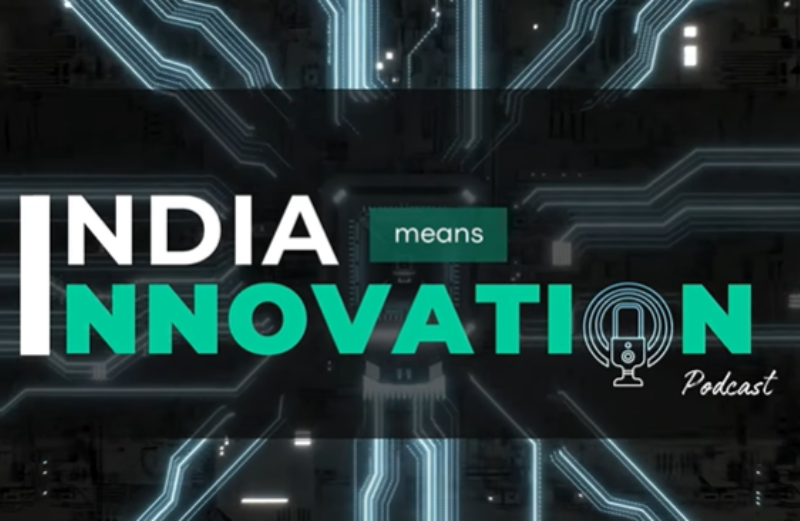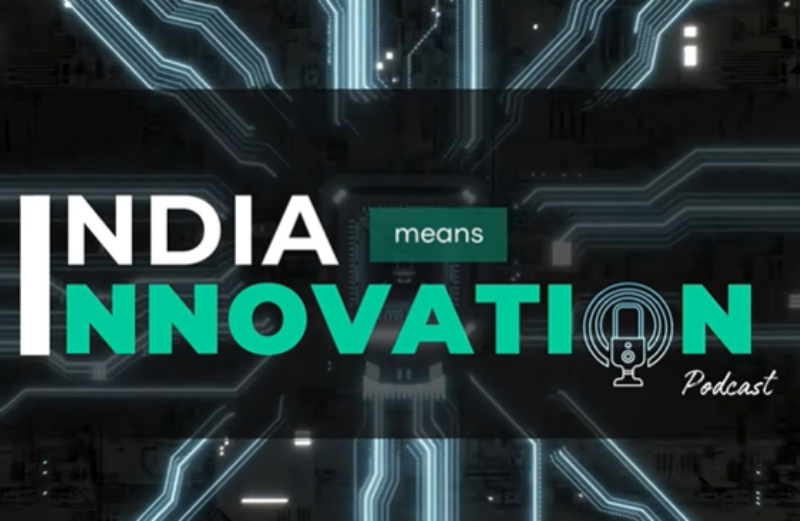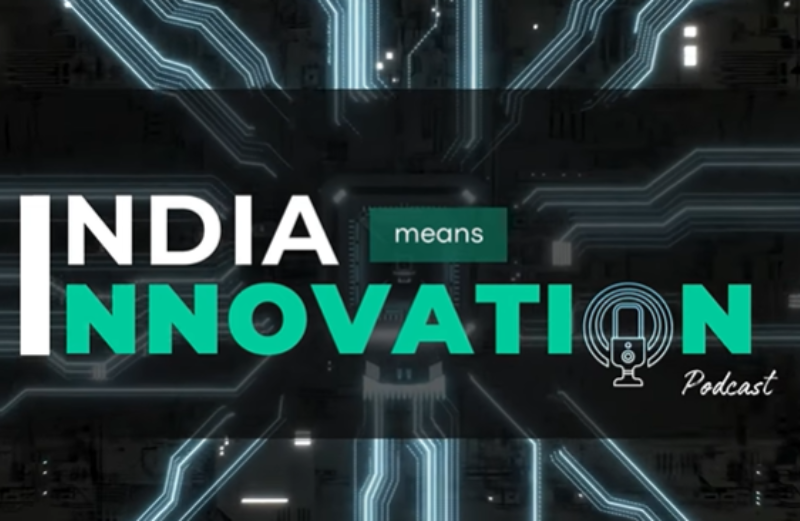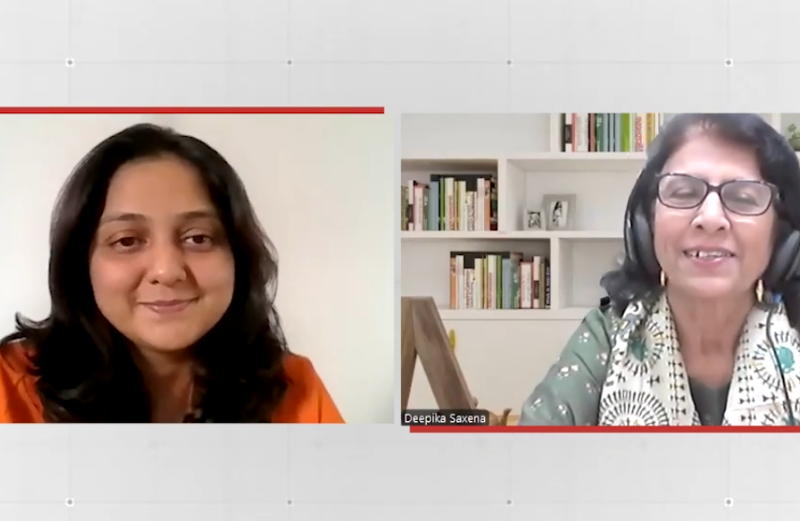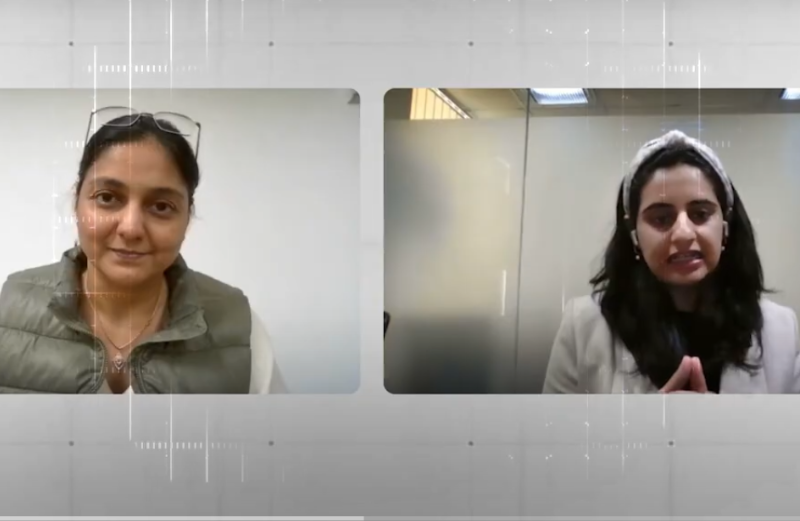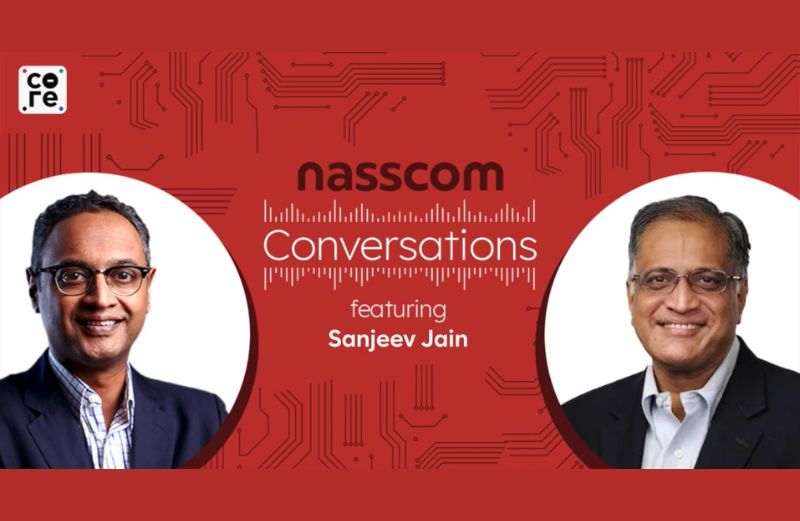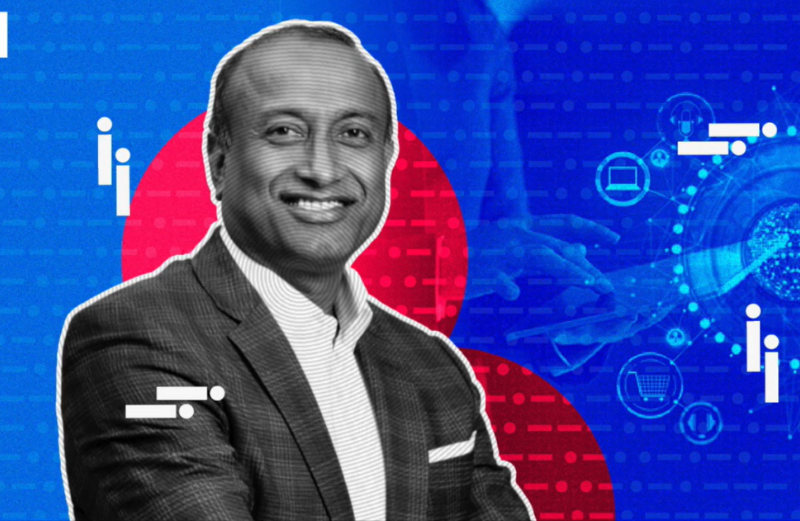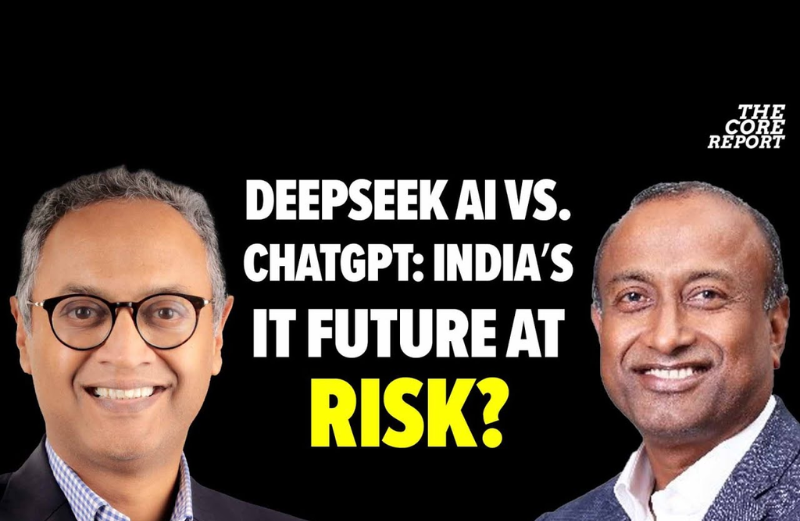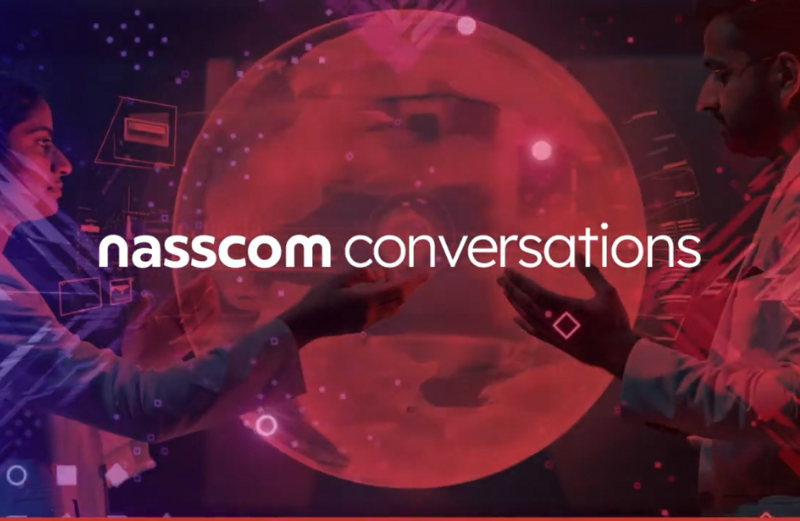Transcript Disclaimer: This transcript has been generated using automated tools and reviewed by a human. However, some errors may still be present. For complete accuracy, please refer to the original audio.
00:00:09 ADITYA NATH JHA
Welcome to this edition of India Means Innovation, where we discuss the technologically complex innovations coming out of India. Today we have with us an exciting ultra deep tech startup from India called QPI AI and we have Nagendra Nagaraj, Founder and CEO of QPI AI with us. Welcome, Nagendra.
00:00:36 DR. NAGENDRA NAGARAJA
Thanks. Thank you very much.
00:00:38 ADITYA NATH JHA
QPI AI Q is quantum and AI is AI. What is the Pi for?
00:00:45 DR. NAGENDRA NAGARAJA
Π is the human ingenuity. See we are combining quantum and AI. See the main theme of a company is intelligence modeling. Intelligence compute. Compute here is quantum and modeling is AI. And we combining these two with a human ingenuity. So Π is a human ingenuity.
00:01:00 ADITYA NATH JHA
Today, the innovation that we are going to discuss has to deal with digital simulation. And digital simulation is at the core of the SDX world. The software defined everything world, all digital design, digital twins. Digital simulation is mathematics at its core, extremely compute intensive, let us say a car collision digital simulation. How long does this simulation take?
00:01:33 DR. NAGENDRA NAGARAJA
So if you look at the complete scenarios of the collision, so it's extremely complex and it may take anything from few days to few weeks. We have a legacy software to simulate this. The time can be reduced drastically.
00:01:48 ADITYA NATH JHA
And the innovation you all have come up with a solver for such scenarios. How long does the simulation take there?
00:01:57 DR. NAGENDRA NAGARAJA
See, one of the simulations we have run in a real world is which used to take 48 hours. We were able to complete in 30 minutes.
00:02:04 ADITYA NATH JHA
48 hours to 30 minutes, That's 96.
00:02:08 DR. NAGENDRA NAGARAJA
96 X faster.
00:02:09 ADITYA NATH JHA
96 times faster? And how did you manage this?
00:02:13 DR. NAGENDRA NAGARAJA
See what happens is when you have large number of variables like say millions of variables to optimize in simulations or in certain other problem which is combinatorial optimization problem and Oregon, it is an NP hard problem and it end up becoming a hard problem to solve. The combinatorial observation problem to solve and the solutions. What we have is we formulate a problem in a different way, but we use something which is quantum inspired. We use, we formulate the problem as an Izing problem, which is the thermodynamic formulation of the problem which has isings represent energy levels. And the solution for this is a very standard Cubo quadratic unconstrained binary optimization. So when we formulate this, not only the solution is quicker, but you get a better solution.
00:03:02 ADITYA NATH JHA
So you reformulate the basic structure of mathematics itself.
00:03:07 DR. NAGENDRA NAGARAJA
So the computation complexity on when you run on a different kinds of computer like quantum computer is very different from when you run a classical computer. Complexity is very high in classical computer and it's very low in quantum computers. So and that's so we can solve this very quickly and also, we can get a better solution.
00:03:23 ADITYA NATH JHA
What about AI? Where does AI come?
00:03:25 DR. NAGENDRA NAGARAJA
Yes, I will tell you today, if you look at our solution, it's always a combination of quantum and AI. It's not going to be quantum alone or AI alone. So the way this has to be done before we feed into Cubo, Cubo is solved. So before you feed into Cubo, there has to be a pre processing done and that's our secret sauce. And what we are doing there is using heavily to make sure that the problem is reduced to such a state that it can be solved optimally. See there are two things here. Time is one of the factors. It takes longer. So we reduce the time but also the quality of solutions.
00:04:01 ADITYA NATH JHA
Your innovation does almost 100 X.
00:04:04 DR. NAGENDRA NAGARAJA
1000x is also possible under the quantum computer.
00:04:07 ADITYA NATH JHA
Does it reduce the compute requirement?
00:04:09 DR. NAGENDRA NAGARAJA
Compute requirement also because what happens is since we are using a as a front end, that will reduce the overall space and that will reduce the compute requirement.
00:04:19 ADITYA NATH JHA
So how much does the compute requirement come down?
00:04:22 DR. NAGENDRA NAGARAJA
We have seen at least almost 60%.
00:04:26 ADITYA NATH JHA
Which has a direct impact on sustainability.
00:04:30 DR. NAGENDRA NAGARAJA
In fact, even as GD sustainability goes, quantum computer ticks all the boxes. All the boxes either discovering a new material or actually reducing the emission of the gases or actually reducing, you know, the amount of electricity consumed.
00:04:46 ADITYA NATH JHA
So what you are saying is what appears to the outside world as a problem like supply chain logistics or creating new materials. At its core, it is a mathematical problem.
00:05:04 DR. NAGENDRA NAGARAJA
Absolutely, yes. When you when you see the what, what does a computer do? It just solves the mathematical problem. And what we are saying is you are using a computer which really is not efficient in solving those problems neither in formulating them properly. You just formulate the mathematical problem properly run on the right computer. So this will give you the the best results for this big problems what we have.
00:05:32 ADITYA NATH JHA
So you bring in maths, you bring in quantum physics, you bring in AI, you bring in GPUs, quantum computing into it to solve these mathematical problems more efficiently, faster, with lesser compute power required, higher impact on sustainability. Can you tell me about the tech stack required for a company like yours?
00:05:59 DR. NAGENDRA NAGARAJA
Yes. So, if you look at we are working on superconducting tubits which required to be cool to 7 millikelvin or 10 millikelvin.
00:06:06 ADITYA NATH JHA
7 to 10.
00:06:07 DR. NAGENDRA NAGARAJA
Millikelvin that is absolute 0.
00:06:09 ADITYA NATH JHA
-270.
00:06:10 DR. NAGENDRA NAGARAJA
3° that is cooler than interstellar space. So we need a cryogenics say for example, if you look at our own facility here, there is a quantum computer, there is a dilution fridge and there is a compressor room and if you go down basement there is a chiller. All these things are connected. Then we have the the chip, superconducting chip at the bottom and we have a different temperature in the dilution fridge all the way to 7 millikelvin to 4K, then to a room temperature. So that means the compute signal has to go RF signal. The way we control is through RF, OK. It's like a 5G mobile that is controlling.
00:06:46 ADITYA NATH JHA
The radio frequency.
00:06:47 DR. NAGENDRA NAGARAJA
Yes, radio frequency and it's like 6 to 9 gigahertz and then it always all the ways to go to quantum chip which is at 7 milli Kelvin and it has to give the signal out. I mean this is a stack on the hardware and the software we do require a system software which runs on the RF. The language that the digital world communicate with the quantum world is through RF pulses. Just imagine that your program usually when you run it through classical compute, it has to be just converted into assembly and assembly get executed through bytecode and that's about it. But here you have to, the program will generate an assembly that should be get generated to RF pulses and that will talk to quantum computer and then you get RF pulses and then you have to get the software back, right, the signals back. And that's the complexity that we have dealing with. It's very, very different from the classical compute on the software side. You need to have a robust system software which actually divides classical and quantum. We cannot say this only we will run quantum. It is always with the classical, it is always hybrid. You have to have a scheduler which actually separates quantum and classical, run quantum on the quantum computer, classical on a GPU, CPU, cluster, and then has to combine the results. It is a very complex scheduler that we need to have and on top of that we have applications like pharma material logistics, OPT, this will be running on top of that. So that's the kind of stack we have. And we have built our own controller called Kapaya Sense which is RF controller of called a computer and we are optimizing more and we also tried to put error correction decoder on that. So this is more complex than a GPU. Currently GPU's are inefficient to do the error correction with a dedicated chip. OK, so this is a complexity of a stack we.
00:08:28 ADITYA NATH JHA
Have so you are designing your own chip.
00:08:30 DR. NAGENDRA NAGARAJA
Yes, we are designing multiple chips. 1 is a superconducting chip which is a QPU and other is error correction decoder which is a diction chip.
00:08:39 ADITYA NATH JHA
And all of this is being designed here by your team in Bangalore.
00:08:45 DR. NAGENDRA NAGARAJA
This involves entire, you know, innovation in a computing not only on the physical layer, but also the software OS, the scheduler, and also networking.
00:08:58 ADITYA NATH JHA
And in all of this, you are racing to be the best in the.
00:09:03 DR. NAGENDRA NAGARAJA
World, absolutely, no doubt about that, yes, that's our vision. That's our vision. This.
00:09:08 ADITYA NATH JHA
Is a great, great example of India means innovation. Thank you, Nagendra and congratulations. Thanks.
00:09:16 DR. NAGENDRA NAGARAJA
A lot. Thanks a lot and thank you very much.

